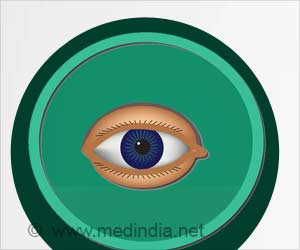Scientists at the Massachusetts Institute of Technology (MIT) have created the first three-dimensional images of a living cell by using a method similar to the X-ray CT scans.
Scientists at the Massachusetts Institute of Technology (MIT) have created the first three-dimensional images of a living cell by using a method similar to the X-ray CT scans, which enable doctors to see inside the body.
Michael Feld, the Director of MIT's George R. Harrison Spectroscopy Laboratory and a professor of physics, says that the new technique will help produce the most detailed images of what goes on inside a living cell. The procedure will not require the use of fluorescent markers or other externally added contrast agents.“Accomplishing this has been my dream, and a goal of our laboratory, for several years. For the first time the functional activities of living cells can be studied in their native state,” Nature magazine quoted Feld, a senior author of the study, as saying.
His team has created three-dimensional images of cervical cancer cells, and imaged a small worm called Caenorhabditis elegans as well as several other cell types, with the help of the new technique.
For so doing, the researchers used a technique known as interferometry, in which a light wave passing through a cell is compared with a reference wave that does not pass through it. A two-dimensional image containing information about refractive index is thus obtained.
Combined 100 two-dimensional images taken from different angles, the researchers created a three-dimensional one. The resulting images are essentially 3D maps of the refractive index of the cell's organelles.
The entire process took about 10 seconds, but the researchers recently reduced this time to 0.1 seconds.
Advertisement
“We are confident that we can attain 150 nanometers, and perhaps higher resolution is possible. We expect this new technique to serve as a complement to electron microscopy, which has a resolution of approximately 10 nanometers,” Feld said.
Advertisement
Source-ANI
SRM/J





